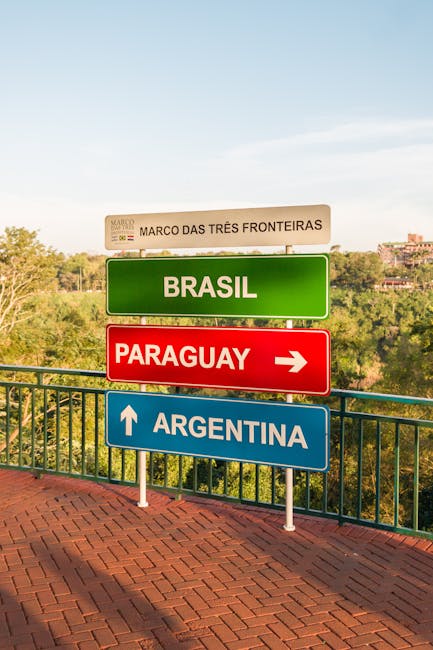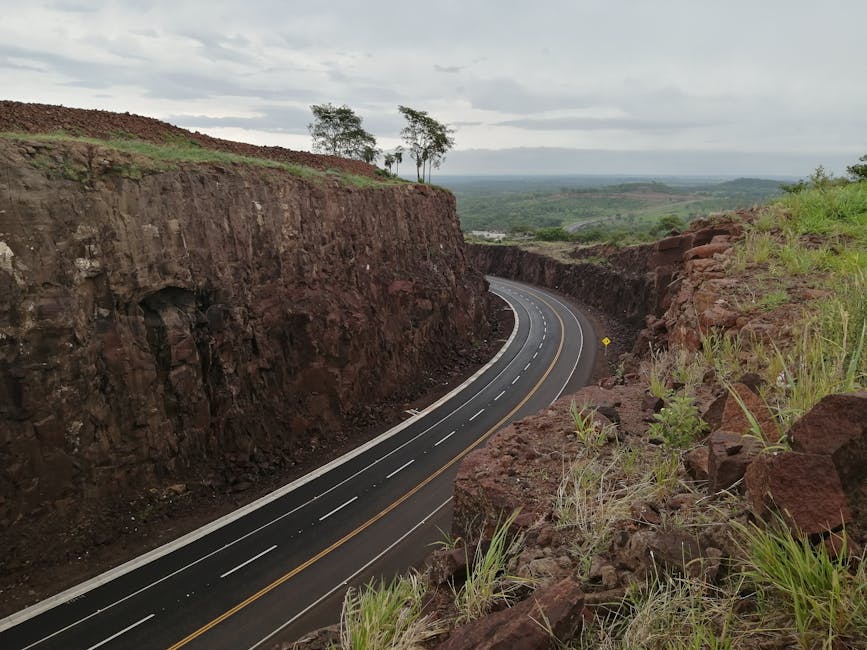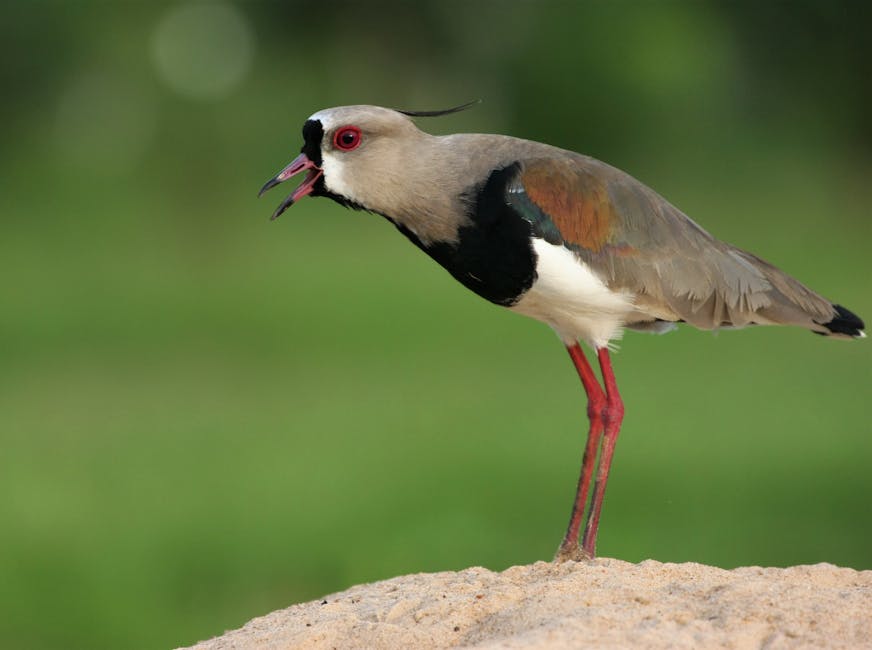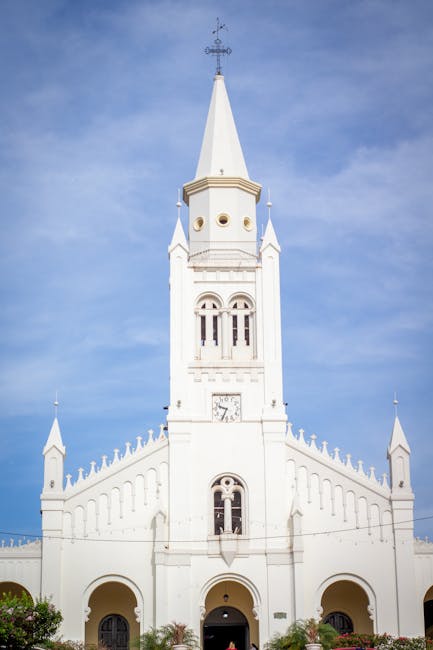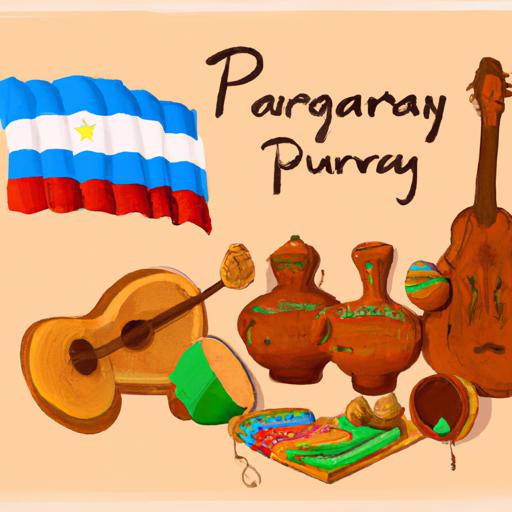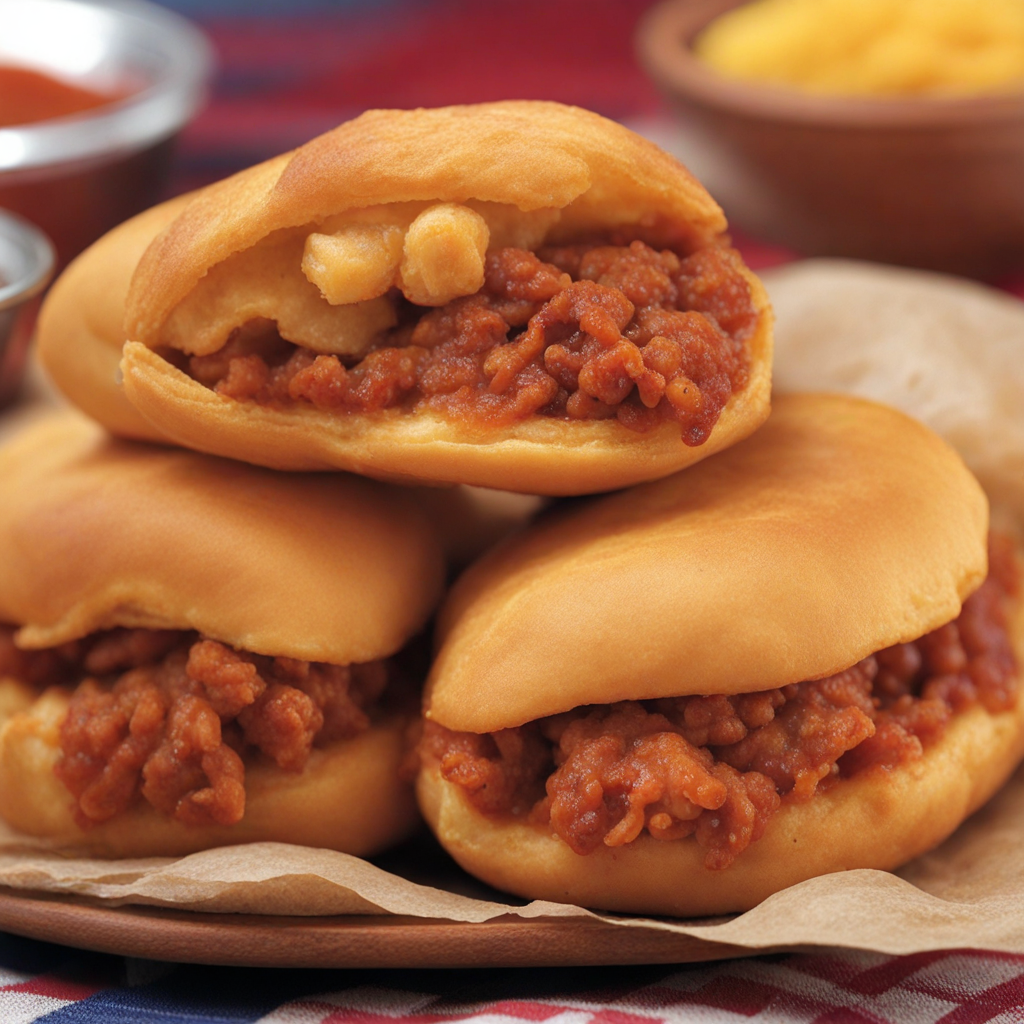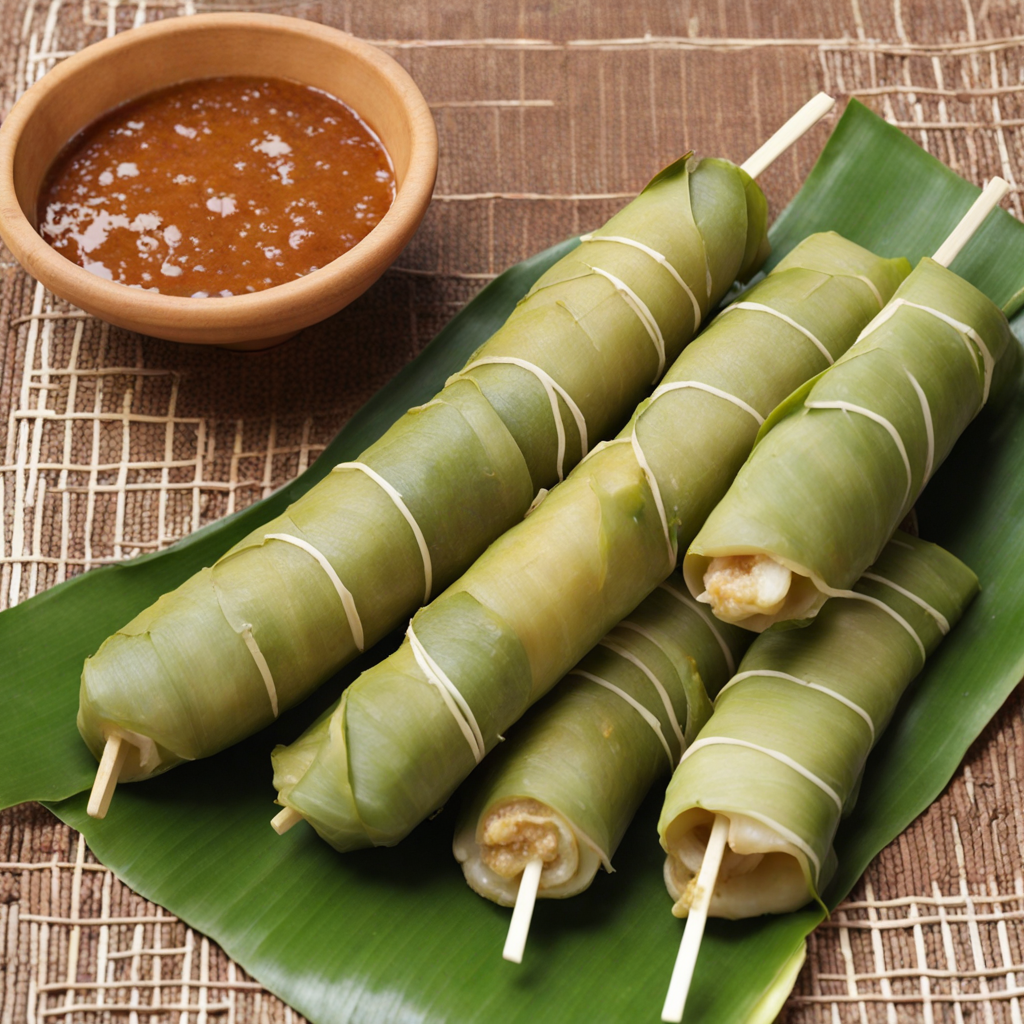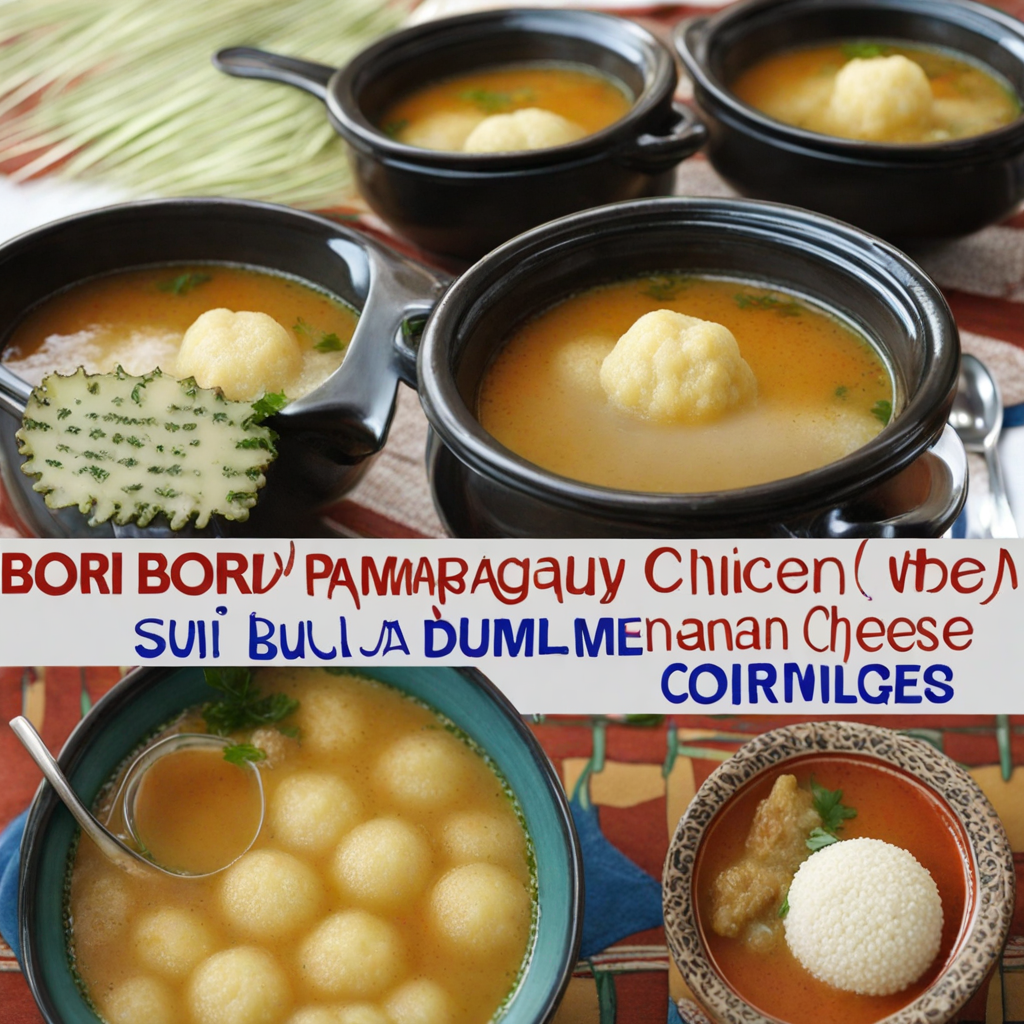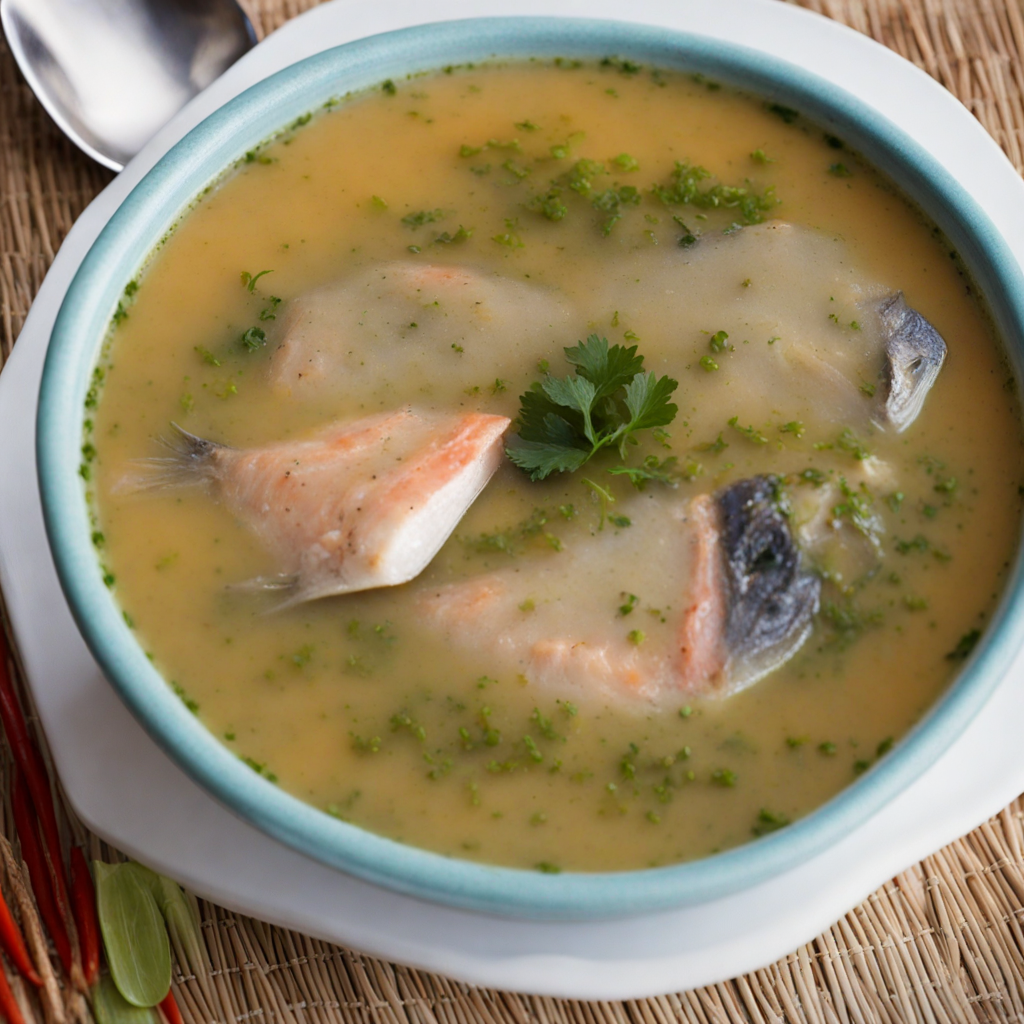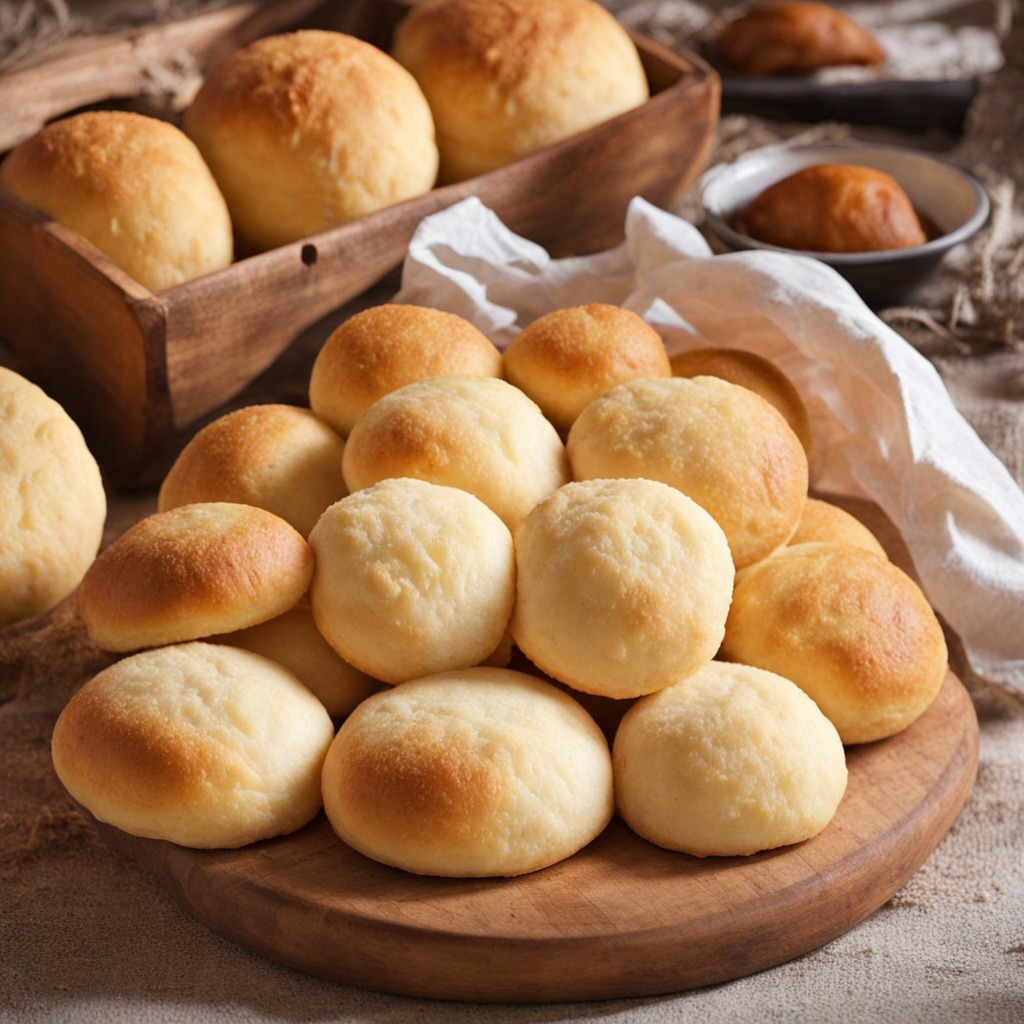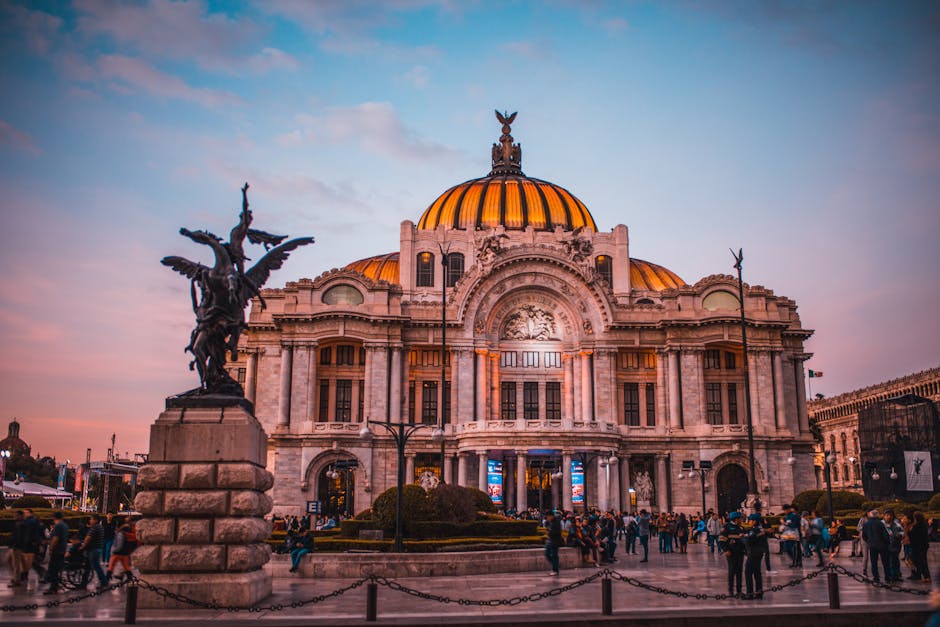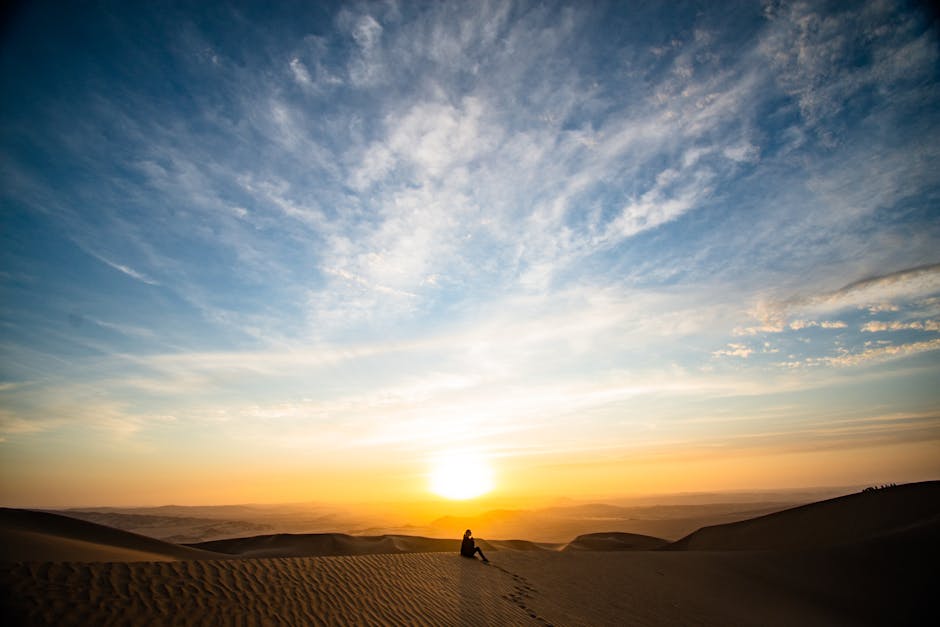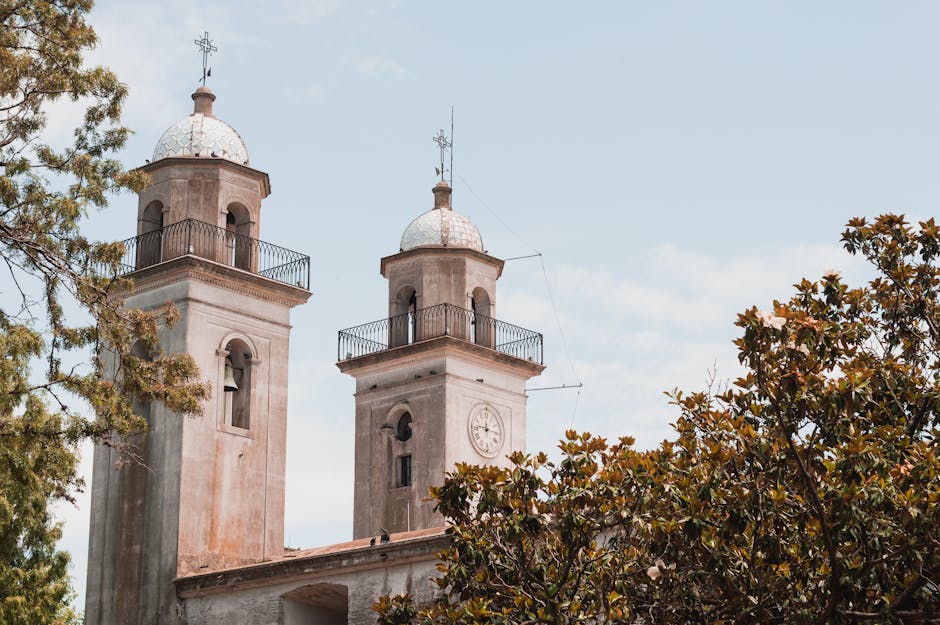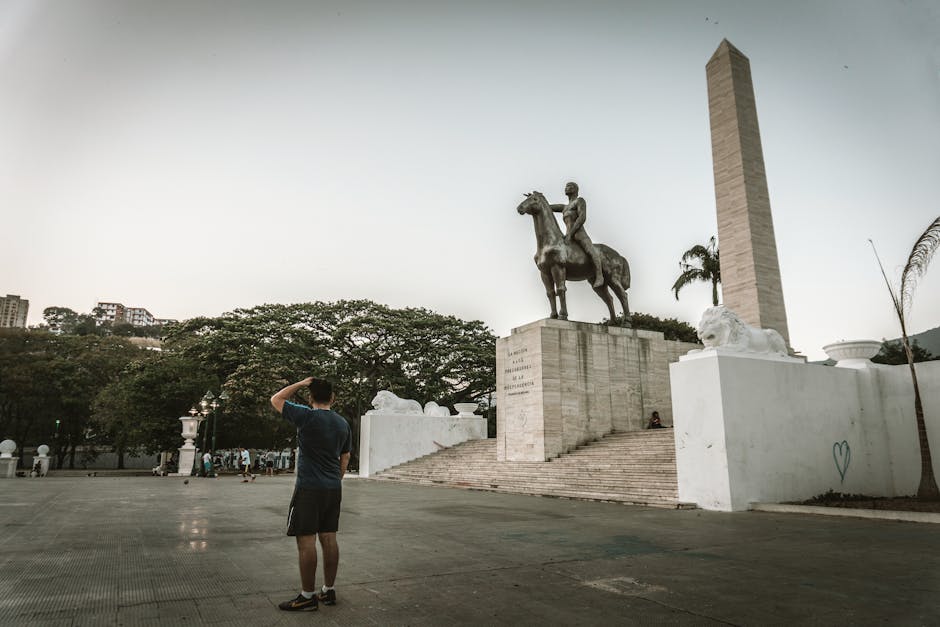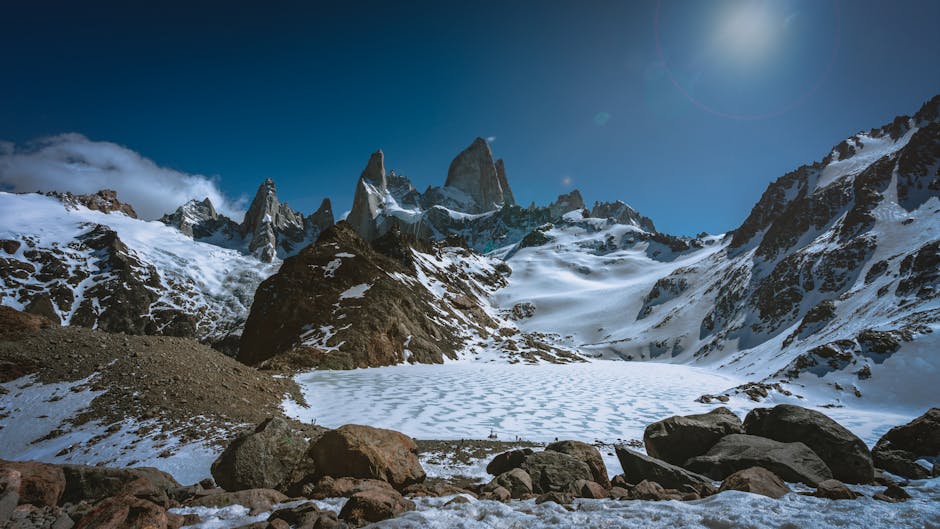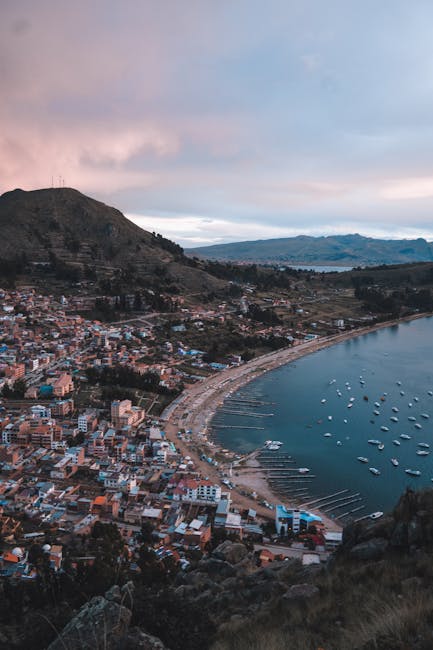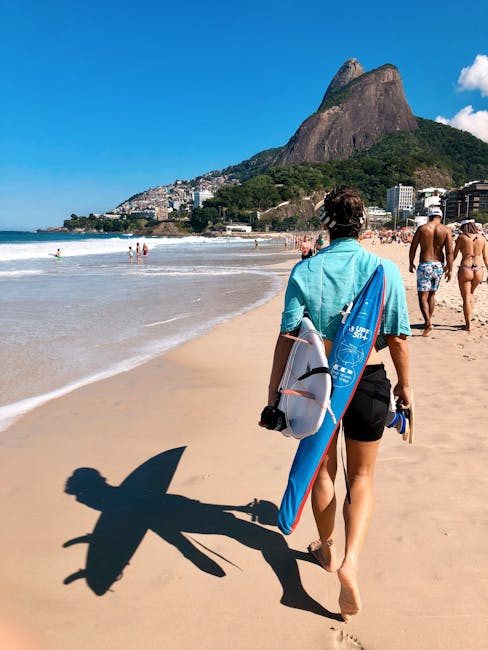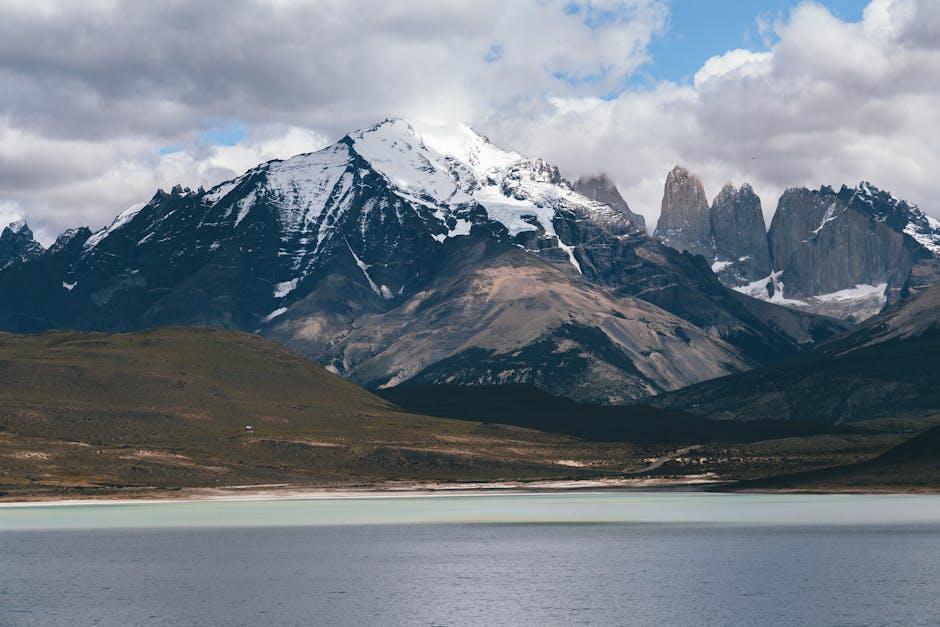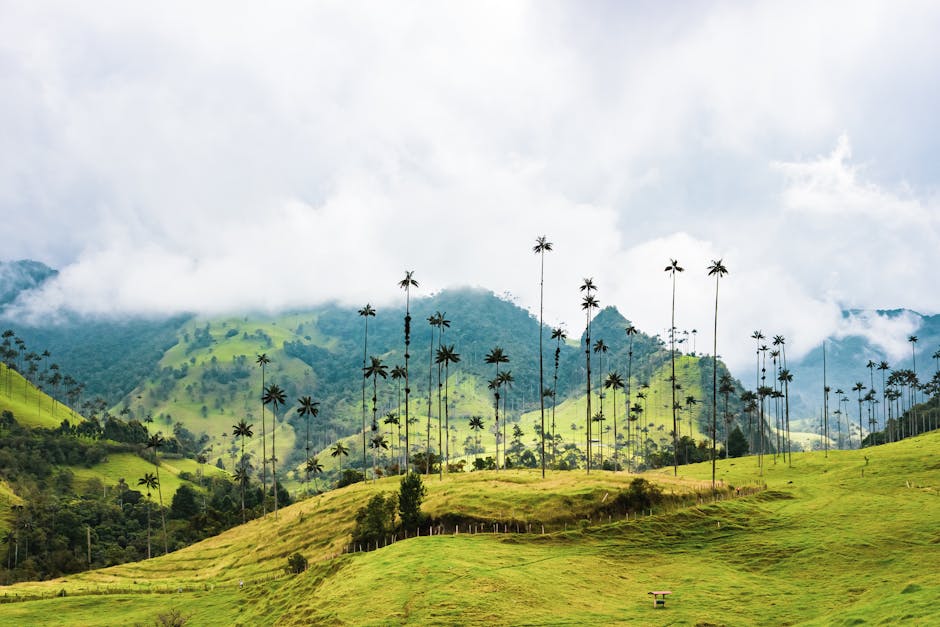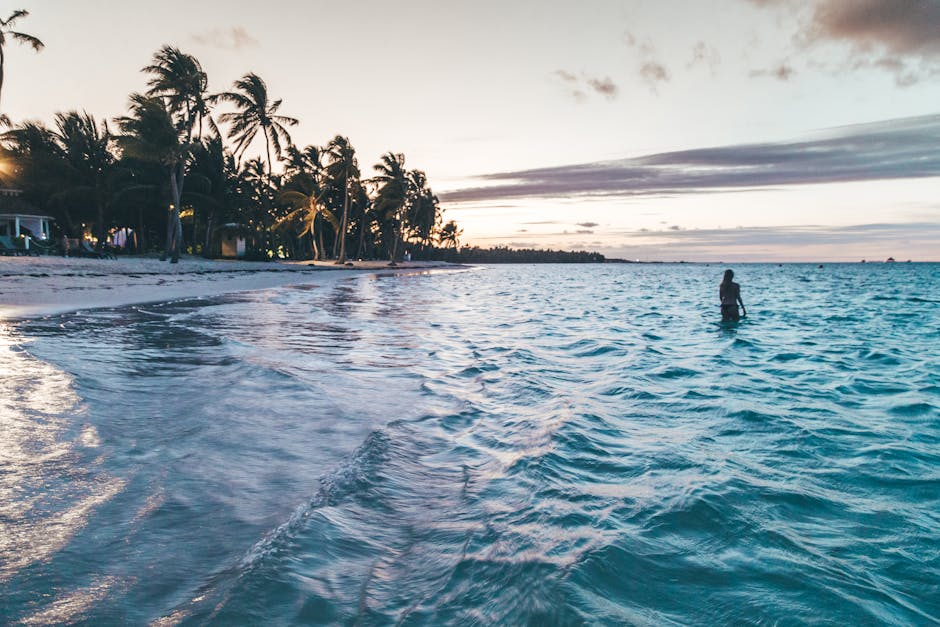Paraguay
Overview
Discovering Paraguay
Paraguay, tucked away in the heart of South America, may not be as famous as its neighbors, but its charm lies in its simplicity and authenticity. Known for its rich culture, enchanting natural beauty, and the warmth of its locals, Paraguay is a unique blend of old and new. It's a place where bustling urban spaces coexist with traditional rural life. The Guarani culture, deeply embedded in its foundations, can be seen in its arts, music, and cuisine. The country is also home to Jesuit Missions, UNESCO World Heritage Sites that offer a glimpse into the nation’s colonial history. What makes Paraguay truly unique is its bilingualism, with the majority of the population speaking both Spanish and Guarani.
Climate and Activities
Paraguay has a subtropical climate, which means it’s warm most of the year, but the high season for tourism is during their winter months, from May to September, when the weather is most comfortable. During this period, the temperatures are cooler, ranging from 10-20 degrees Celsius, making it ideal for outdoor activities. Visitors can explore the stunning landscapes of Gran Chaco, take part in bird-watching at the numerous wetlands, or stroll around Asunción, the capital, to soak up the lively atmosphere and its colonial architecture. For those interested in water sports, the Paraguay River offers opportunities for fishing and boat tours. Cultural events, such as the Trans-Chaco Rally and the Asunción International Film Festival, also take place during this season.
Travel Preparations
As for preparations before visiting Paraguay, teenagers need to have a valid passport. Although a visa is not required for many countries for stays up to 90 days, it's always good to check the latest visa requirements based on your nationality. It's recommended to get travel insurance that covers medical emergencies considering outdoor activities. Also, although Spanish is widely spoken, learning a few phrases in Guarani could prove useful and is appreciated by locals. Vaccinations for Hepatitis A and Typhoid are recommended as these diseases can be contracted through contaminated food or water in Paraguay. Lastly, while Paraguay is relatively safe, like any other travel destination, it's important to be aware of your surroundings and take basic safety precautions.
A Glimpse into the Past
Paraguay, a landlocked nation in the heart of South America, boasts a rich tapestry of history that reflects its cultural diversity and resilience. From indigenous societies to colonial rule, and the struggles for independence, Paraguay's past is both complex and fascinating.
The history of Paraguay begins with its indigenous peoples, including the Guaraní, who inhabited the region long before European contact. These communities were known for their agricultural practices, social structures, and rich spiritual traditions. The Guaraní language remains one of the two official languages of Paraguay today, showcasing the lasting influence of indigenous culture.
In the 16th century, Spanish explorers, including the notable Juan Díaz de Solís, arrived in the region. They established the first European settlement, Asunción, in 1537, which became the cornerstone of Spanish colonial rule. The city is often regarded as the birthplace of Paraguay and is rich in colonial architecture, including the historic Square of the Founders and the National Pantheon of the Heroes, where many of Paraguay’s heroes are commemorated.
During the colonial period, Paraguay became part of the Viceroyalty of the Río de la Plata. The Spanish crown relied heavily on the labor of the indigenous population, leading to both cultural exchange and conflict. Jesuit missionaries, in particular, played a significant role in the lives of the Guaraní people, establishing missions that combined religious instruction with agriculture and crafts. The ruins of these Jesuit missions, such as Jesuit Ruins of Trinidad and Jesuit Ruins of Jesús de Tavarangue, are now UNESCO World Heritage Sites that attract visitors interested in history and archaeology.
Paraguay's quest for independence began to take shape in the early 19th century. The region's discontent with Spanish rule culminated in the declaration of independence on May 14, 1811. Key figures in this movement, such as José Gaspar Rodríguez de Francia, played crucial roles in shaping the early years of the republic. Francia became Paraguay's first dictator and is known for his isolationist policies and efforts to consolidate power, which profoundly impacted the nation's development.
The 19th century was marked by political instability, leading to the Paraguayan War (1864-1870), also known as the Triple Alliance War, in which Paraguay fought against Brazil, Argentina, and Uruguay. This devastating conflict resulted in enormous loss of life and territorial dismemberment, fundamentally altering the country's demographic and economic landscape. Post-war, Paraguay faced a long recovery, grappling with the social and economic consequences of the war, and the leadership of figures like Mariscal Francisco Solano López remains controversial, seen by some as a national hero and by others as a tragic figure.
The late 19th and early 20th centuries saw Paraguay slowly rebuilding itself. The introduction of agricultural reforms and the expansion of infrastructure laid the groundwork for economic recovery. The capital, Asunción, began to modernize, with the construction of new buildings and public spaces that reflected the aspirations of a nation seeking stability and progress. The Palacio de los López, the presidential palace, is a striking example of this architectural evolution.
As the 20th century progressed, Paraguay experienced various political upheavals, including a series of military coups and dictatorial regimes. The most notable of these was the rule of Alfredo Stroessner from 1954 to 1989, who led one of the longest dictatorships in Latin American history. His regime was marked by state repression, human rights abuses, and a focus on economic development that often came at the expense of civil liberties. The city of Ciudad del Este emerged during this time as a critical economic hub, known for its free trade zone and bustling markets, making it a popular destination for shopping and trade in the region.
Following Stroessner's ousting in 1989, Paraguay transitioned to a democratic government, leading to a period of political and social change. This era saw increased engagement with international organizations and a focus on human rights and democratic governance. The country has since held regular elections and has been working to address past injustices while fostering economic development and social inclusion.
Paraguay is known for its vibrant culture and traditions that reflect its diverse heritage. Festivals such as the National Festival of the Virgin of Caacupé and the Asunción Carnival showcase the country's blend of indigenous, Spanish, and other influences, making them must-see events for travelers. The rich culinary scene, highlighted by dishes like asado (grilled meat) and chipá (cheese bread), provides a delicious insight into the country's traditions.
Nature lovers will find Paraguay's landscapes captivating. The Iguazu Falls, located just across the border in Brazil and Argentina, is a breathtaking natural wonder that attracts visitors from around the globe. The Chaco Region offers a unique ecosystem and is home to diverse wildlife, while the Pantanal, one of the world’s largest tropical wetlands, provides opportunities for eco-tourism and wildlife observation.
For travelers interested in history, the National Museum of Fine Arts in Asunción and the Historical Museum of the Cabildo offer deep dives into Paraguay's artistic and historical narratives. The National Paraguayan Theatre is another cultural gem, showcasing the country’s dedication to the arts and performances, with a rich program of music, theatre, and dance.
Visiting Paraguay provides a unique opportunity to experience a country that is often overlooked but is rich in history and culture. Its blend of indigenous heritage and colonial history, combined with its vibrant contemporary culture, makes it a fascinating destination for travelers seeking to explore the heart of South America. The warmth and hospitality of the Paraguayan people, alongside the country's natural beauty and historical richness, promise an enriching experience for all who venture here.
In summary, Paraguay's history is a reflection of its resilience and adaptability. From its indigenous roots through colonial struggles and modern democracy, the country has woven a narrative that is both complex and inviting. Travelers to Paraguay will find themselves immersed in a land of deep cultural significance, beautiful landscapes, and a rich historical legacy that continues to shape its identity today.
Top cities for tourists in Paraguay
Discover the Famous Cities That Might Captivate Your Interests
Must-Try Foods You Can't Afford to Miss
Indulge in a Variety of Fantastic Foods During Your Stay in Paraguay
May Be Your Next Destinations
People often choose these countries as their next destination


